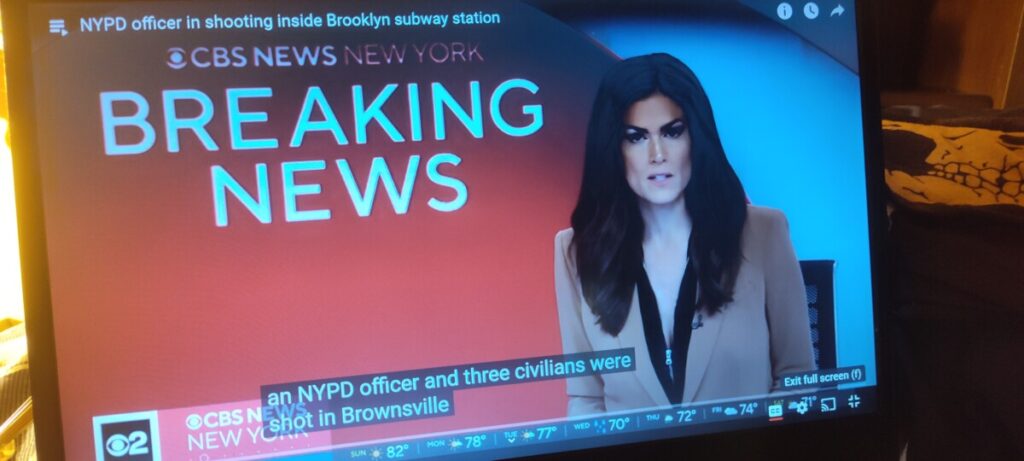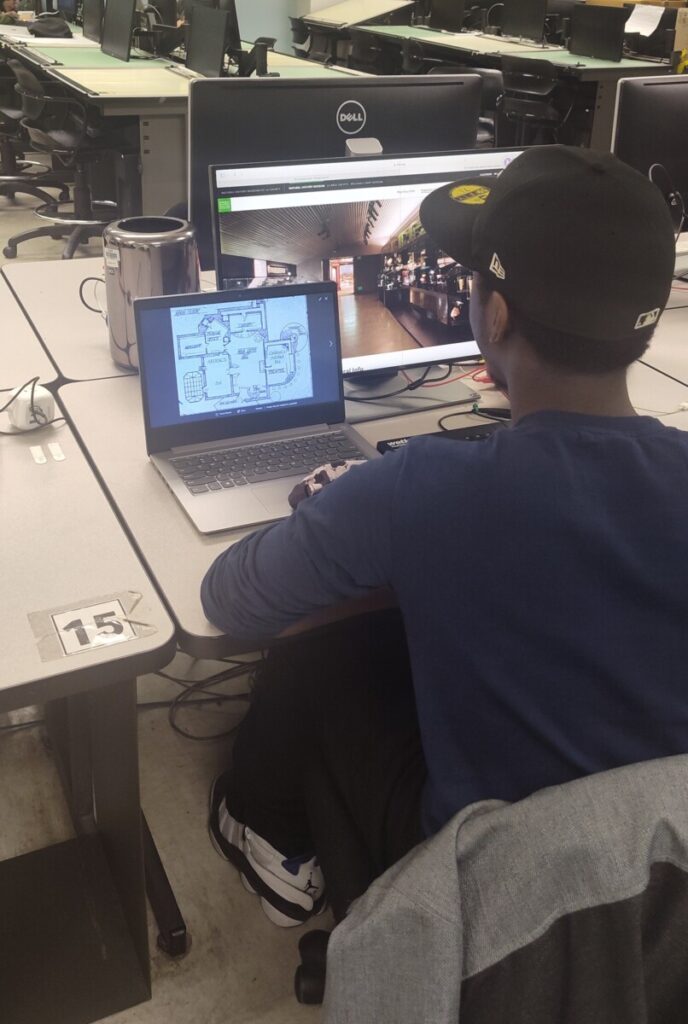I’m not sure when I fell in love with reading stories. Was it when I first read “Percy Jackson And The Olympians,” back when I was riding the train home from school with my Mom? Maybe it was when I first got introduced to “Harry Potter” back when I was in middle school. All I knew was that I loved it, I loved the idea of a whole different world, unlike the one I was accustomed to, with new ideas and concepts that caught my attention and left me wanting more.
However, after years of reading books, both fiction and non-fiction, adventure and action, I think I just got tired of it. I think I became envious of what every writer had. What was that? Their own world, their own characters, their own setting, with their own plot. I didn’t want to read any more stories, not when I could write better ones. Why bother staring into someone else’s world when I could craft my own?
Welcome To Brownsville:
Just like me, my character is from Brownsville, Brooklyn. The story starts with this teenager waking up to a loud alarm and getting ready for another day of college, probably how your story starts right? He walks downstairs only to see the news already on. A white woman in her early thirties with brown hair and green eyes was in the middle of announcing the shooting of four people, including a police officer in a subway station nearby.
The constant news reports were a reminder that he was not as safe as he thought. The thought of leaving was growing all the more tempting to the teenager with every passing day. For him, it was starting to feel less like home and more like a graveyard.
The image above is a documentary photo, I’m using it to tell a series of events in a specific order. I used the light from my lamp to try and imitate sunlight even though I took the photo sometime in the evening. As I stated above the story would take place in the morning so I really had to experiment with the lightning to mimic the effect.
Another thing you’ll see in the photo is a black mask in the right corner. I did this to foreshadow the events in the story, seeing how I already mentioned the problem the character faces with being stuck in a dangerous neighborhood with the desperate thought of moving away.
In Susan Sontag’s “On Photography,” she states “A photograph passes for incontrovertible proof that a given thing happened.” (531) This connects back to the story where the news gives a glimpse of the dangers lurking in Brownsville and reveals the reality of the environment my character is in.
Citations: One
Colin L. Westerbeck, Jr. “Susan Sontag’s on Photography.” Artforum, Artforum, 26 Sept. 2023, www.artforum.com/columns/susan-sontags-on-photography-209266/.
YouTube, YouTube, www.youtube.com/watch?v=DAGa8mFuONA.
I’ll Do What I Need To:
This is another documentary photo that takes place a few weeks after the first scene in the first photo. We cut to this scene where my character is in a computer lab at his college. He’s staring at two computers planning out a robbery of an art museum. This is a major shift from the first image which seems pretty simple and casual but leads to this complex scene.
In this scene, the character is staring at two different screens. On one screen is the museum and on the other screen are the blueprints for that museum that he is planning to rob. This goes to show how detailed he might be. It could also imply that he’s done this before or maybe putting a lot of thought into it. You can also see the same black mask on the computer keyboard if you look closely, it’s creating a kind of pattern or trend through its repeated usage.
In this photo I had Ranold take the shot from a different Vantage point, I wanted all of my pictures to be as if someone else was taking it but unfortunately, I didn’t have the time or the resources to make it happen. From the angle the picture was taken it almost makes it seem as if I’m being watched which was exactly what I was going for. I wanted to create a theme of my character being investigated or closely stalked which would coincide with the story as a whole. However, the benefit of two different Vantage points would be two different perspectives.
According to John Berger’s “Understanding a Photograph,” he states that a photo is effective when it is “as revealing about what is absent from the photograph as about what is present in it.” (20) My photo reveals the current state of the story but doesn’t depict the time between the two images; what happened? What led to the robbery?
Citations: Two
“Understanding a Photograph John Berger : John Berger : Free Download, Borrow, and Streaming.” Internet Archive, 1 Jan. 1970, archive.org/details/understanding-a-photograph-john-berger/page/20/mode/2up.
Night Of The Heist:
This final photo is yet another documentary photo. As you can probably tell from the title this is towards the near end of the story where the robbery finally takes place. The character gathered a small crew also consisting of students to help him pull off the art heist.
In the photo, you can see the black mask one last time along with screwdrivers and a flashlight lying on the computer. The photo screen is a list of names of the other characters aiding in the heist as well as their roles. Finally, on the computer screen, you can see a picture of Spain which is where the character is trying to go, but requires the money to move there.
According to Sontag “A camera is sold as a predatory weapon, one that’s as automated as possible and ready to spring.” (537) This is similar to my character who is more or less triggered by his environment and pushed to spring into action. He takes matters into his own hands and resorts to stealing to have a better chance at a safer environment.
Citations: Three
Colin L. Westerbeck, Jr. “Susan Sontag’s on Photography.” Artforum, Artforum, 26 Sept. 2023, www.artforum.com/columns/susan-sontags-on-photography-209266/.
Conclusion:
Ultimately, I chose these three pictures because they helped me bring one of my stories to life. I captured an image in my head and brought it into the real world. In addition, these photos also reflect who I am, especially since the character was based on me. They represent who I could’ve been in a way. Regardless, I used the photos to shape my thoughts; now they’re a part of my story.





